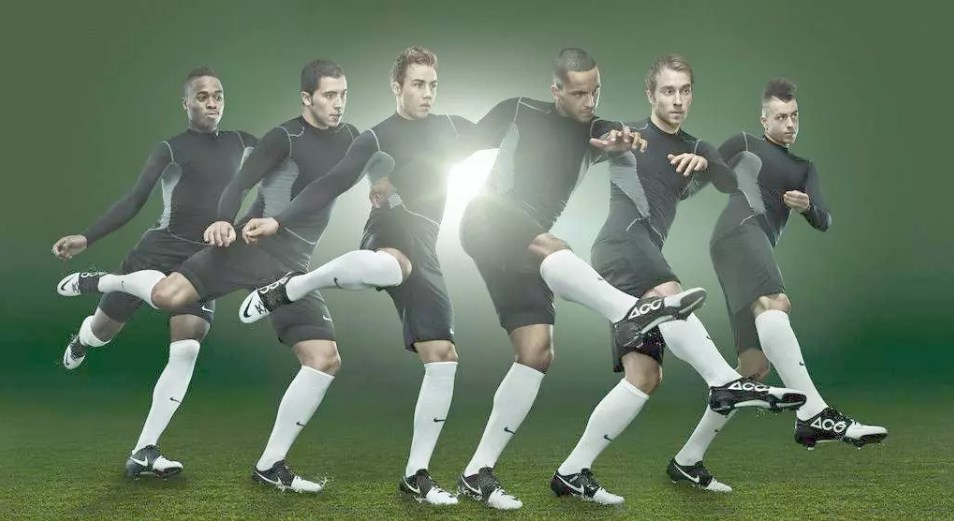Ergonomics of European Cup football uniforms
With the quadrennial European Cup starting again, the world's attention is once again focused on the green field. Whether you are a football fan or not, you can enjoy the carnival of football here. For me, I am more concerned about the ergonomic factors that should be considered in the design of the players' jerseys during the high-level dialogue. Next, let's enjoy the passionate football feast and learn some tips!
Football apparel functions and fabric selection
Sportswear is different from ordinary daily clothing. It is not simply about pursuing fashion, but about combining functionality and technology to achieve the ultimate goal of improving athletes' performance based on science and rationality. Football is a long-lasting sport. During the exercise, athletes sweat a lot and suffer varying degrees of injuries. Therefore, when choosing fabrics for football clothing, we must consider the thermal and moisture comfort of the fabrics and the protective function of the fabrics on the human body.
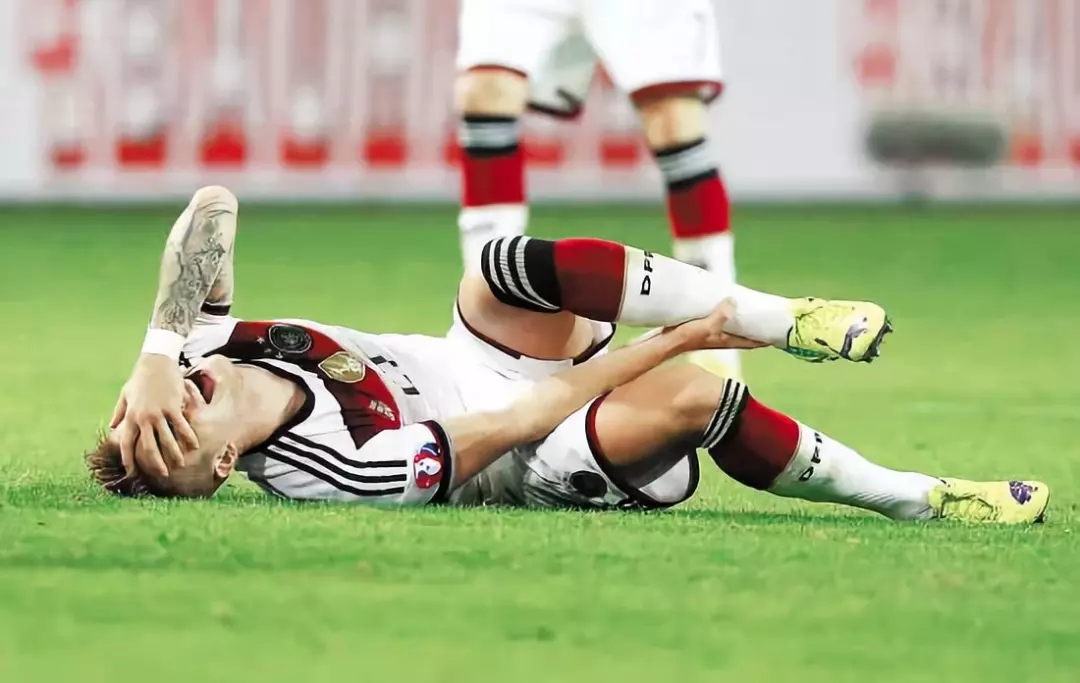
Thermal and Moisture Comfort of Fabrics
In modern sportswear design, thermal and hygroscopic comfort has been listed as an important performance indicator. After a lot of physical activities, people will produce sweat and heat. If these sweat and heat cannot be absorbed and discharged in time, the human body will feel uncomfortable and even induce a series of diseases. This requires football clothing fabrics to have properties such as moisture absorption, moisture transfer, moisture resistance, and quick drying. The above fabric performance is currently mainly achieved through fabric structure design or fiber modification, such as COOLMAX material, which has a quick drying speed 5 times that of pure cotton, and CoolDry material, which has strong wicking ability and excellent moisture absorption and quick drying performance. These are also the more common professional sportswear fabrics on the market.
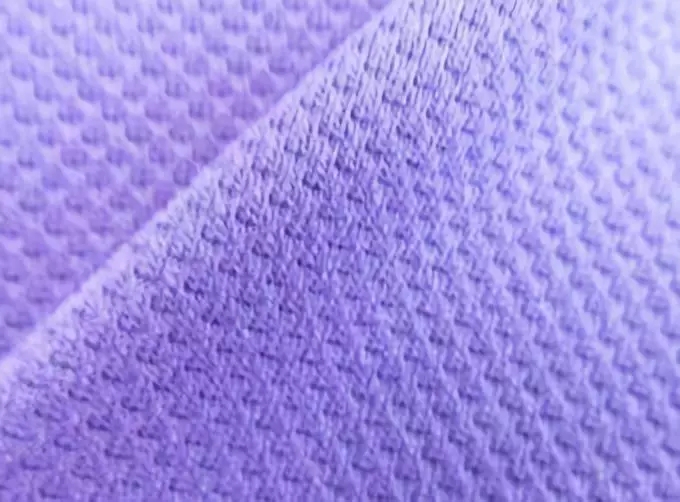
Sports functionality of fabric splicing
During the exercise, the stretching and sweating conditions of the skin in different parts of the human body are different. It is very necessary to choose the corresponding fabrics to deal with the related problems according to the differences in the conditions of each part. The sweating of football players is mainly concentrated in the armpits, chest and back. Therefore, corresponding fabric splicing designs should be made in these parts to meet the comfort needs of the human body. For example, in the 2002 Korea-Japan World Cup, the football sportswear called "the new power layer concept World Cup jersey" by journalists adopted the fabric splicing method. The armpits where the human body is most prone to sweating are equipped with mesh fabrics with strong perspiration. At the same time, special mesh areas of "V-shaped" and "sweat drop-shaped" are designed on the chest and back respectively.
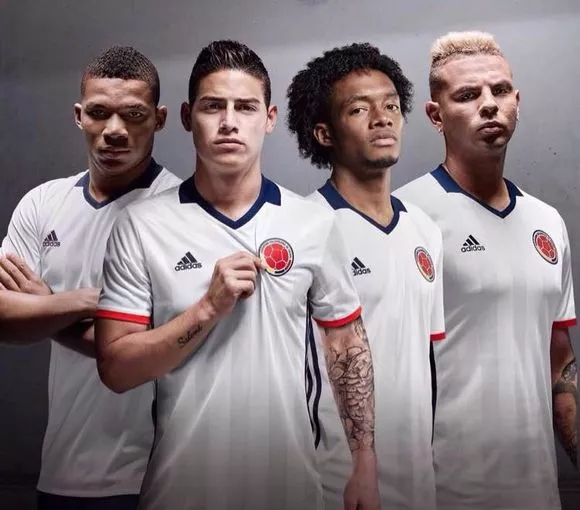
Environmental friendliness of fabrics
Nowadays, people advocate a low-carbon and environmentally friendly lifestyle. Professional sportswear companies that have attracted much attention not only make full use of high technology to produce products with superior performance, but also integrate advanced environmental protection concepts into clothing design and production. The application of new environmentally friendly fabrics was a highlight at the 2010 World Cup. The way to obtain this raw material is environmentally friendly because it can be extracted from waste plastic bottles. At the same time, the fabric has good moisture absorption and quick-drying properties. It keeps the body surface and the inner layer of clothing dry by absorbing sweat from the human body surface and discharging it to the surface of the fabric. Such sportswear can not only increase the comfort of exercise, but also make a certain contribution to maintaining a good ecological environment.

Protective properties of fabrics
Football players often suffer different degrees of physical injuries during sports. In order to avoid or reduce the degree of injuries, the fabrics of football sportswear should have some protective properties. Sports fans often watch football and are attracted by the novel and unique clothes of football goalkeepers. In the past, designers who designed clothes for goalkeepers mainly focused on aesthetics, but as people's requirements for the functionality of sportswear increase, the focus of designers has gradually shifted from the initial aesthetics to functionality. New sportswear can not only protect the goalkeeper's body, but also enhance the goalkeeper's stability in catching the ball. The upper body material of this jersey is a soft rubber with a concave and convex pattern on the surface. When the goalkeeper wears it to meet the front ball, it can not only alleviate or avoid injuries to the body by reducing the force when the body contacts the ball, but also the friction between the rubber particles and the ball can make the goalkeeper catch the ball more steadily.
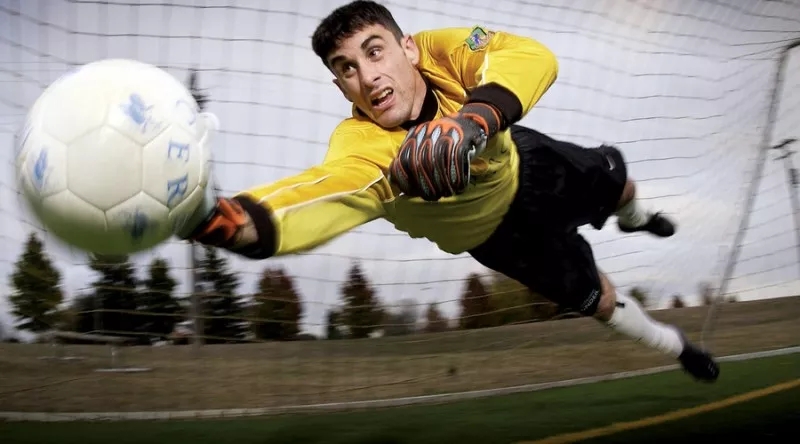
Research on the Functionality and Design of Football Apparel
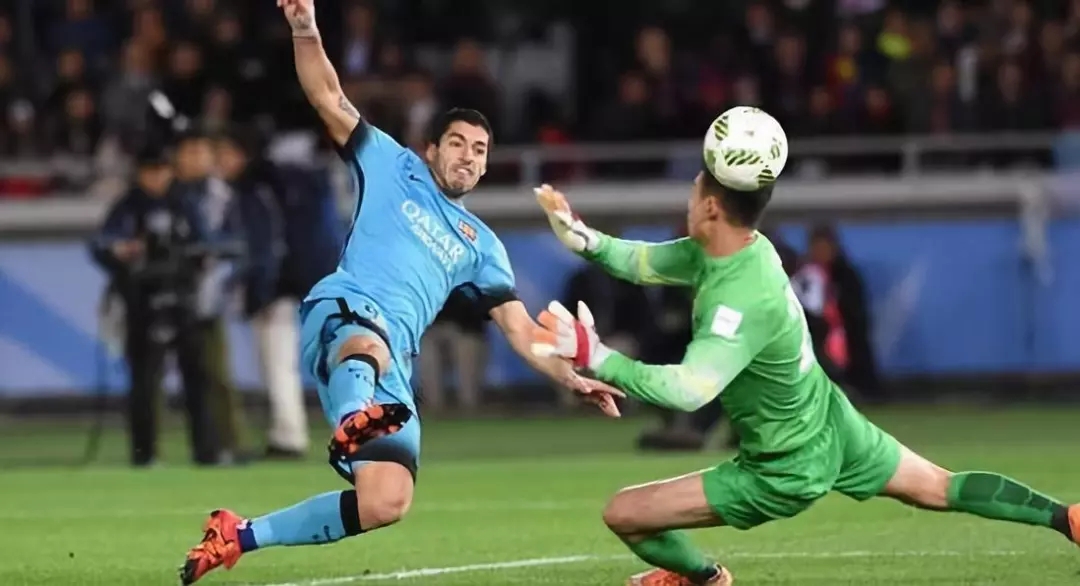
The starting point and premise of football uniform design is to meet the functionality of the human body. At the same time, the silhouette design and detail design of football uniforms are determined according to the nature of football.
Clothing styles and human movement patterns
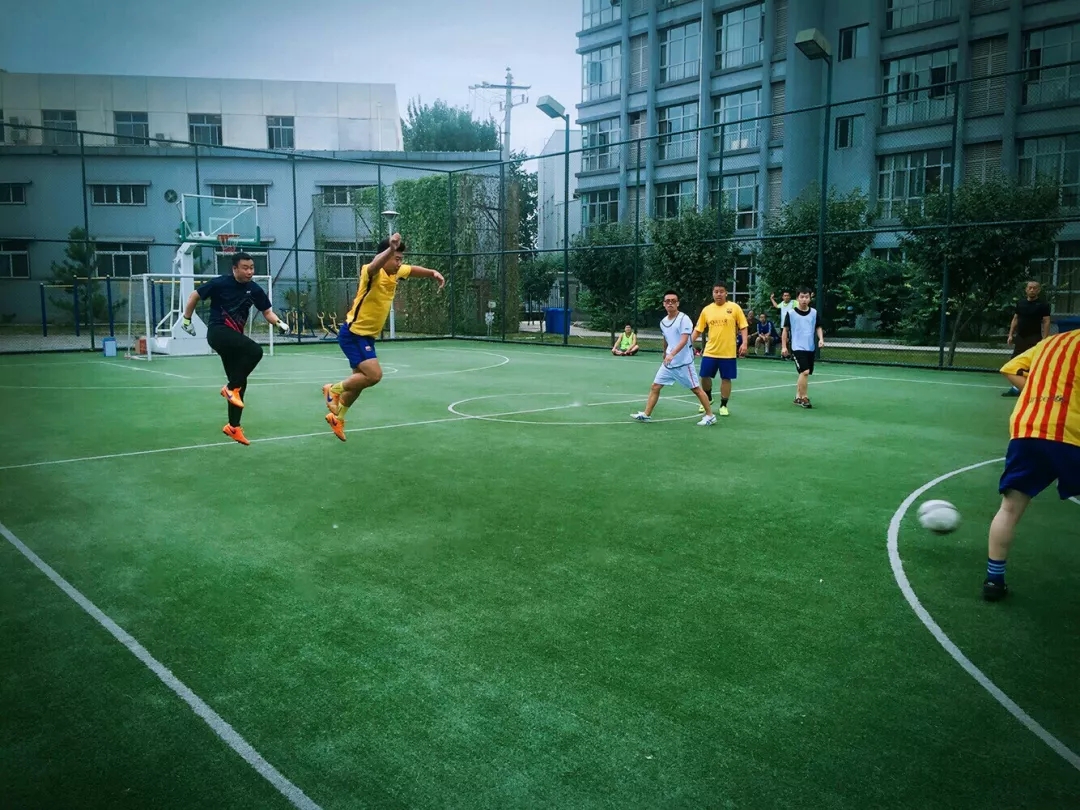
Human body movement will cause changes in body shape, which will cause changes in clothing structure. For example, when the sternoclavicular joint and shoulder joint begin to move, the muscles on the back of the human body will expand and contract. In the clothing structure, the back width of the clothing should be increased and the sleeve height should be reduced to increase the sleeve width accordingly. With such changes, the clothing can better adapt to the human body's movement function. For example, during the movement of the human body, the amplitude of forward bending is greater than the amplitude of backward bending and lateral bending. Therefore, when designing clothing that takes into account the movement function, the structure is usually changed in the back body, and the method of adding appropriate amount of looseness can be used to assist the human body to complete the movement better.

The neckline design of sportswear is usually simple, and in order to prevent the wearer's neck from feeling obstructed or oppressed during exercise, the circumference is usually fitted or loose. The structural design of sportswear in special parts of the human body should be loose, such as the armpits of the top, the crotch of the pants, and the front sleeve line of the sleeve body should have some looseness to facilitate movement. The structure of sportswear should be curved at the intersection of the corresponding human body curves to conform to the human body shape.
Football Jersey Style and Ergonomics
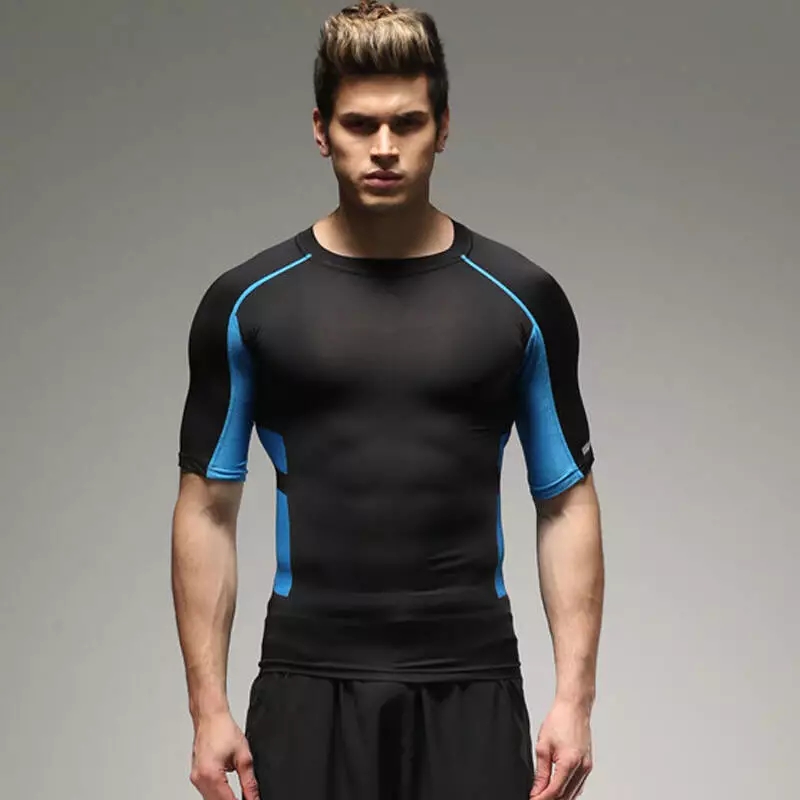
There are two main types of soccer uniforms, with the H-type being the most common, and some styles are designed to be tight-fitting. The H-type is also called a rectangle, box, tube, or bag. The H-type soccer uniform is loose-fitting and has a large circumference, which ensures that the human body is not bound by the clothing during exercise and has a larger space for movement. Tight-fitting soccer uniforms achieve tight adhesion to the surface of the human body through the elasticity of the fabric. This type of sportswear can not only show the athlete's beautiful curves, but also achieve the athlete's flexibility in movement. At the same time, the control of the smallest profile section ensures low resistance to movement. With the development of science and technology, the research and development of fabrics has become a key factor in the development of tight-fitting sportswear. The mixed use of ultra-fine nylon fibers and polyurethane fibers minimizes the resistance to movement.
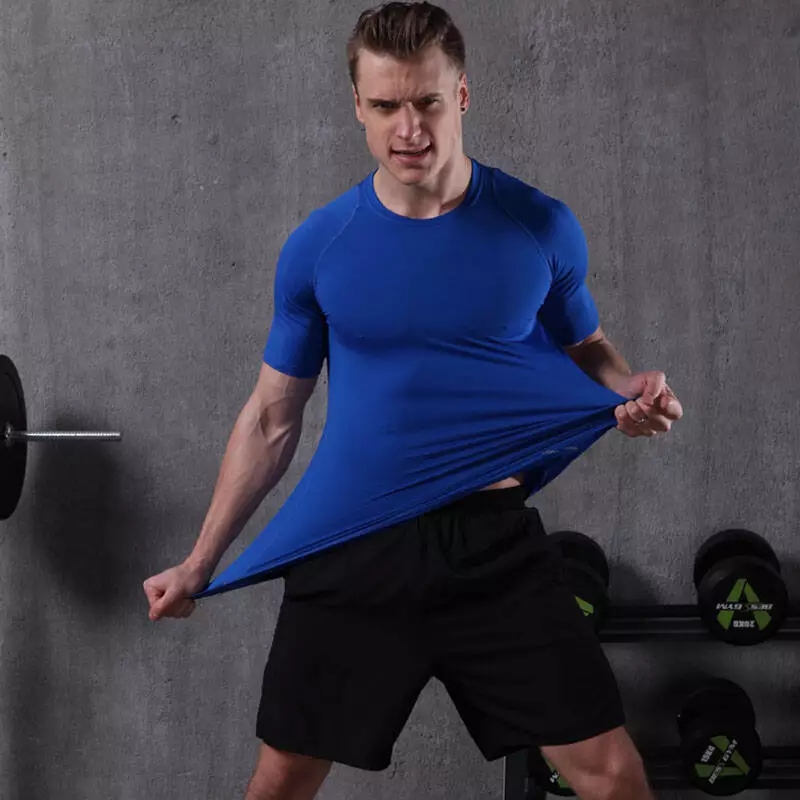
In conclusion
The design of football uniforms in terms of structure, style, and materials is ultimately aimed at improving the athletes' performance. In terms of fabric selection, the fabric is required to have good thermal and moisture comfort. Currently, renewable polyester fiber is a good choice. This fiber not only has good water absorption and water conduction capabilities but also has low cost. The use of this fiber also achieves the rational use of resources.
In terms of structural design, in addition to considering the general structural characteristics of sportswear, such as increasing sleeve width and back width, it is also possible to consider designing football uniforms as tight-fitting styles using knitted fabrics. In addition, fabric splicing can be used to enhance the thermal and hygroscopic comfort of clothing. The front chest, back and armpits are the areas where sweating occurs most during exercise. Mesh or fabrics with stronger moisture absorption and release capabilities can be used in these areas. Mesh fabrics can also be used at the side seams on both sides of the clothing to enhance the breathability of the clothing.
Xiamen Besteam Int’l Co., Ltd. is a professional sportswear manufacturer, and it is one of the suppliers of the Olympic football team. We mainly engage in the production of football kit, swimwear, and accessories, with 13 years of production experience and a professional design team, we can provide a variety of services, such as, fabric customization, OEM ,etc.
Please feel free to contact me.
Alma
Whatsapp: +8613395020372
E-mail: alma@junmaosports.com

